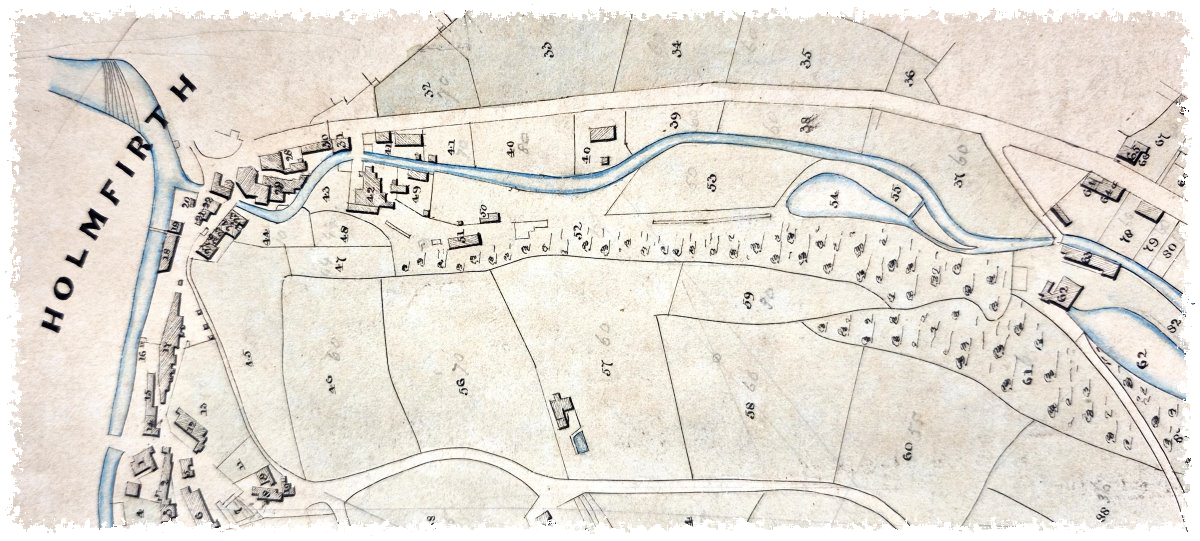House History
A house history refers to the documented story or background of a specific residential property, tracing its origins, ownership, occupants, and changes over time. It’s like a biography for a building, piecing together its past through historical records, personal accounts, and physical evidence. People often research house histories out of curiosity, to understand their home’s heritage, or for practical reasons like property disputes or renovations.
House history research involves investigating various related records, including family history, local history, architectural history, and social history. You don’t need to have a home that is over 100 years old to begin this research. House deeds can show changes in ownership, while electoral registers provide information spanning from recent history back to the 19th century and even earlier. The 1939 National Register offers full birth dates of residents along with detailed occupation information.

The map above shows part of Lockwood 1959. It is reproduced with the permission of the National Library of Scotland (NLS).

What might be included in a House History? A house history typically covers:
Construction: When and by whom the house was built, its architectural style, and original purpose.
Ownership: A timeline of who owned the property, often found in deeds or land registries.
Occupants: Details about the people who lived there, their occupations, family members, and life events (births, deaths, marriages).
Changes: Alterations to the structure, such as extensions, renovations, or damage (e.g., from war or natural disasters).
Context: The broader historical and social environment, like the neighbourhood’s development or significant local events.
House history resources
1939 National Register: Can be a starting point and could reveal who lived there on the eve of WWII.
Census Records: Available every 10 years from 1841 to 1921 (the 1931 census was destroyed, and 1941 was skipped due to WWII).
Title Deeds: Legal documents showing ownership, often held at the Land Registry.
Electoral Registers: Lists of residents eligible to vote, useful for tracking occupants.
Local Archives: Maps, planning records, and photographs from county record offices or libraries.
Parish Records: Birth, marriage, and death records tied to the house’s location.

The map above shows Holmfirth, part of Cartworth Moor Township 1834. It is reproduced with the permission of the WYAS.
We ask for a donation to the Society which can be discussed with our researcher prior to a house history research. Are you interested in uncovering the history of your house? Click the button and select ‘Research’ on the contact form to get started.